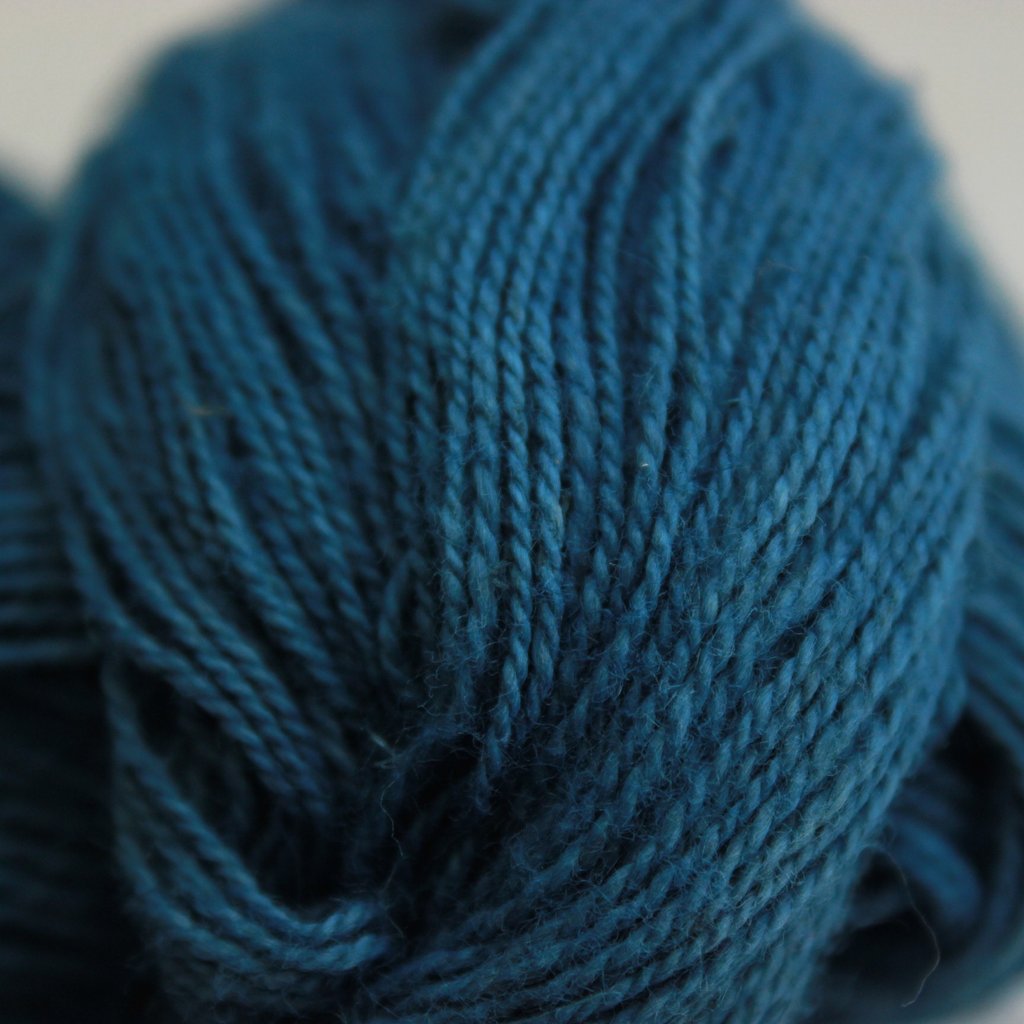
What's Crocking? Indigo's Strange Awesomeness.
Share
If you've ever had a favourite pair of perfectly faded blue jeans (not the super-fake-printed-to-look-worn ones), you know what crocking is.
It's something unique to indigo dye, and its different than dye that hasn't taken properly, and is washing off. (Not cool)
If you've ever knitted or crocheted with indigo dyed yarn, you may have noticed that your fingers, and perhaps knitting needles (or crochet hook) started turning blue! Don't panic, this is crocking, and its completely safe, and normal. If you're the kind of person that enjoys these strange fibrey phenomena, you may even be a little tickled by this. (any Firefly fans here? "Two by two, hands of blue" heehee!)
If you're not as big of a fan, you may want to steer clear of indigo, or at least the darkest shades of it. Another option is to give your skein(s) a good pre-soak and rinse to wash out some of it. Keep in mind, that it will continue to rub off, but the first soak and wash will help a bit (not entirely).
As you may have noticed, fibre, yarn and fabrics dyed with natural indigo age beautifully with time, unlike synthetic dyes that may look faded and dull, indigo gains depth with time and use. Combined with gorgeous linen or organic and fair cotton, and you get heirloom quality loveliness.
At the Vegan Yarn studio, we prepare the indigo dye vats using safe, simple ingredients that are non-toxic and naturally occurring. We are currently working on growing our own crop of indigo in the garden too.

1 comment
I enjoyed looking at the finished projects you posted, BUT, that yellow gold shawl! That shawl….A thing of beauty is a joy to behold